If the child is one and a half years old, but he doesn’t want to sleep on the pillow, lies down beside him, and shifts or drops the pillow - do not force him, it is better to look for another instance for him: this behavior is a clear signal that this model does not suit him.
How to choose a pillow for a child: recommendations
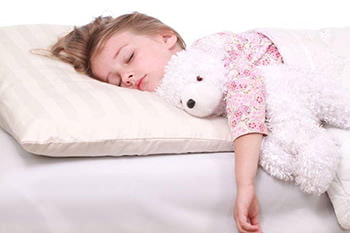 Keep in mind that even a pillow carefully selected taking into account all the advice from specialists may not be suitable for your child, because it is almost impossible to take into account all the features of the body and preferences for comfort. In addition, the choice is complicated by the fact that the baby is not yet able to explain what he likes and what doesn't, and why. So it’s hardly worth spending too much - perhaps the pillow will have to be changed right away. However, when choosing, be sure to adhere to the recommendations of specialists:
Keep in mind that even a pillow carefully selected taking into account all the advice from specialists may not be suitable for your child, because it is almost impossible to take into account all the features of the body and preferences for comfort. In addition, the choice is complicated by the fact that the baby is not yet able to explain what he likes and what doesn't, and why. So it’s hardly worth spending too much - perhaps the pillow will have to be changed right away. However, when choosing, be sure to adhere to the recommendations of specialists:
- The shape of the pillow for the baby is a rectangle. The pillow should not be large in size and height, the stiffness is medium.
- Decorations in the form of convex appliqués, buttons, and beads are not allowed on the pillow - you can decorate the bedroom with such decorative elements, but it is forbidden to use the child for sleeping.
- During sleep, the baby's shoulders should lie on the mattress, and the head on the pillow. As a rule, it is most convenient to use pillows with a length of 30 to 40 cm, the width is selected along the width of the bed (from 40 to 60 cm). The height of the pillow depends on the length of the child’s shoulders, in one year it corresponds to about 4 cm, in three years - up to 6 cm. As the child grows, the pillow must be replaced with a higher one.
- Rigidity is a very important indicator. Which pillow is better for a child - harder or softer? On the one hand, softness provides comfort, but on the other hand, it should be borne in mind that a soft product will not be able to provide the spine with the required support, and will weaken the cervical spine. In a dream, the child will instinctively strain the neck muscles, and wake up in the morning with pain in the neck and head. Even more serious health effects are possible in the form of dizziness, disorders of the vestibular apparatus.
- Pillow fillers for children must meet the following requirements:
- Have sufficient elasticity;
- Do not cause an allergic reaction;
- It is good to pass air;
- It is easy to absorb water and just as easy to evaporate;
- Do not contain harmful components or substances that release hazardous compounds into the air.
Pillow fillers for baby
Depending on the material used in the manufacture of pillows, their cost varies. Often models from different materials can cost the same, so you should focus not on the price, but on the quality of the filler. It must be borne in mind that the fillers from the group of naturals have good transmittance, the child will not sweat under them. However, complex care is required, and they can cause allergic reactions.
Fillers obtained artificially from natural or synthetic fibers are hypoallergenic, serve for a long time, they are easy to care for - there is the possibility of cleaning in a washing machine. However, there is a significant minus - low air transmission, which leads to sweating, and possibly diaper rash.
Natural filler materials for baby pillows
Fluff
Bird fluff is one of the most famous materials for stuffing mattresses, blankets and pillows. It is valued for its extraordinary, gentle softness and natural origin. But what is good for adults is not always suitable for a child. Too soft pillows made of fluff cannot support the baby’s fragile spine; as a result, the neck gets tired, there is a possibility of vertebrae deformation. In addition, a dust mite lives in a down-filled pillow, which causes severe allergies. Filler for a child from bird fluff is not the most worthy, it can be very hot on it, especially in the summer. Keep in mind that fluff does not tolerate frequent washing.
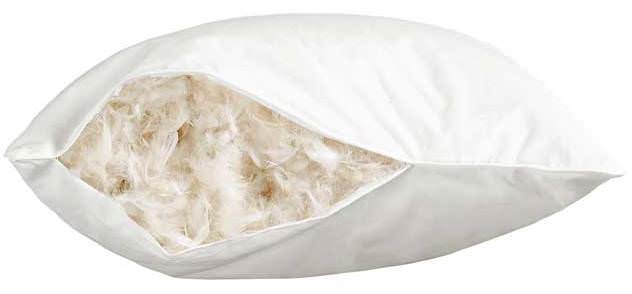
Wool
Natural wool fibers are very elastic, it is not hot to sleep on them, the filler can let air and moisture through. However, the filler made of wool has a significant drawback - the creation of a favorable environment for the life of the dust mite. This means that the baby is at risk of allergies. In addition, such pillows do not last long - the wool filler quickly falls into lumps.
A children's orthopedic pillow made of wool will keep its shape well, it will easily evaporate moisture, which will not allow excessive sweating and the appearance of diaper rash. The sheep’s coat is softer, but the camel’s will prick, which is unlikely to contribute to the quiet sleep of a small person. If nevertheless you decide to buy a wool pillow, opt for a combined filler made of a mixture of wool and synthetic fibers. It will make the product more durable and make it easier to care for.
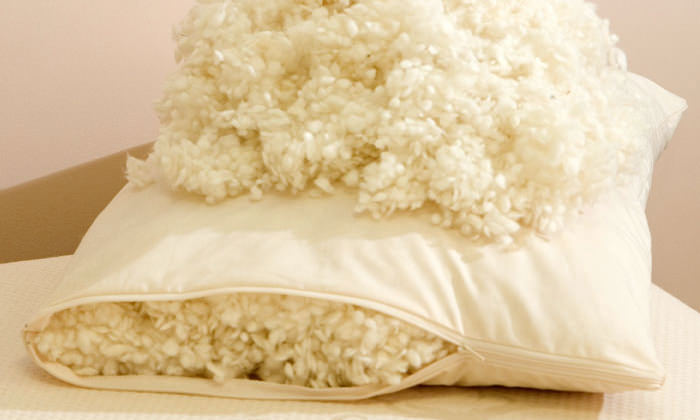
Buckwheat
Husk or buckwheat husk is one of the best pillow fillers for a child. It conducts air well, easily absorbs and gives off moisture, is not an allergen, easily acquires the anatomical shape of the head and neck, and “adapts” to individual characteristics. The natural origin of the husk is the guarantor of its environmental friendliness, there will be no harmful fumes and odors.
The height of such a pillow can be easily adjusted according to need, you can make it denser and stiffer or softer by simply adding or filling out part of the filler (almost all manufacturers provide this possibility). Another plus husk - small scaly particles provide gentle massage of the scalp and neck, which improves blood circulation. Disadvantages of such fillers for the pillow of the child also exist: they weigh quite a lot, and are unusually tough to the touch. In addition, when rustling, they rustle, which can be annoying. If the pillow is dirty, only the cover is washed, and the filler is ventilated.
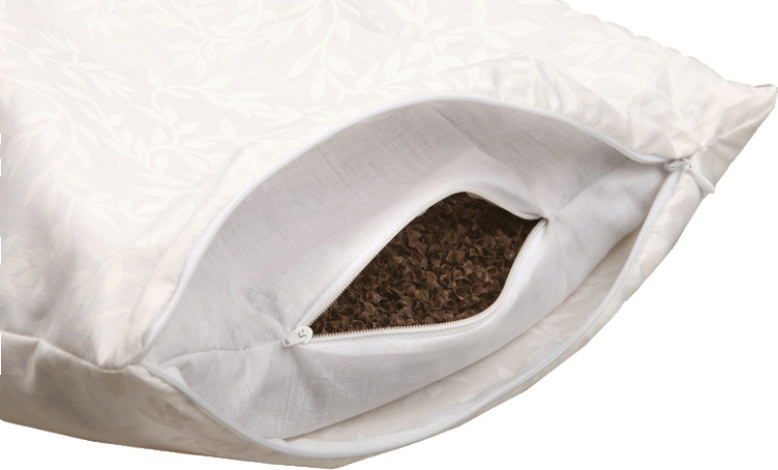
Latex
The orthopedic properties of latex are very high, it is resilient, elastic, is not a breeding ground for ticks and, therefore, cannot be the cause of allergies. The air exchange in latex is quite active, it easily absorbs moisture and freely gives it away. This is the best filler for a baby pillow, minus it has only one - quite a big price.
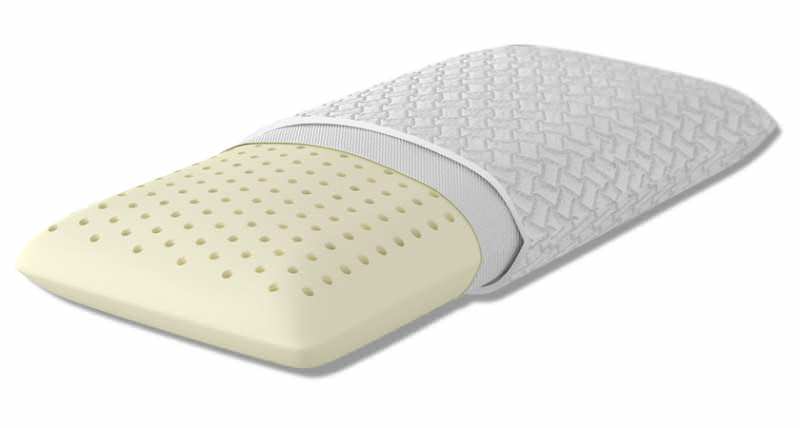
Artificial filler materials for baby pillows
Synthetic fibers
Synthetic fiber materials - tinsulate (swan fluff), holofiber, strutofiber, synthetic winterizer and some others - are often used to fill a baby pillow. They have common pros and cons. The advantages include hypoallergenicity, ease of maintenance (machine washable) and affordable price.
The main disadvantage is poor hygroscopicity and the ability to accumulate static electricity. In terms of stiffness, these materials differ from each other. Thinsulate is the mildest, in this respect it looks like bird fluff, so it is not very suitable for children.Hollofiber has the highest rigidity, so it is considered the most suitable. You can also adjust the stiffness by the degree of padding.
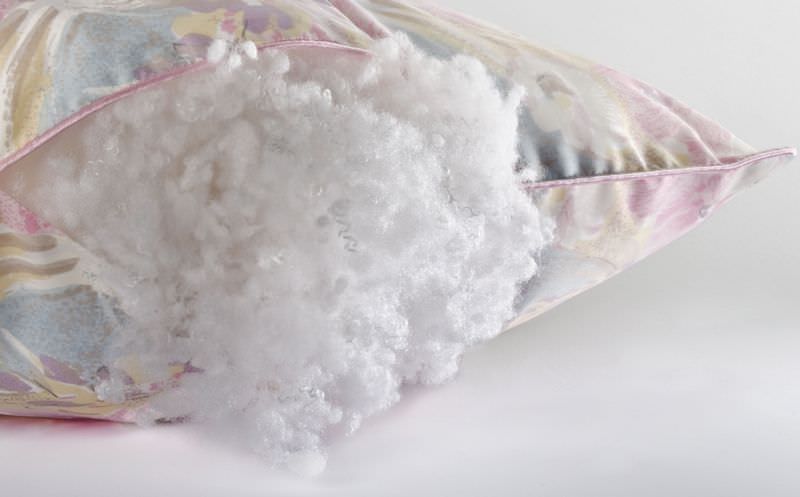
Synthetic foam
This group includes materials based on foamed polyurethane. This is a fairly low-cost polyurethane foam, or PUF, and modern modified versions with a memory effect (memorform). Of the advantages, one can note good elasticity, hypoallergenicity, long service life, medium hardness. The disadvantages of synthetic materials are common: they poorly absorb and give off moisture, can accumulate heat, which causes overheating, and can release harmful substances into the air.
PPU - a budget option, its service life is short. Memorialform is an expensive material that will last a long time. Orthopedic pillows are made from it for children, since it has the ability to take on the shape of the body and memorize it, providing full support throughout the night. The main disadvantages of “memory foam” are the possibility of overheating due to poor thermoregulation and a “secret” composition: it is impossible to find out exactly which components are part of the foam, and, therefore, assess its environmental friendliness. It remains to rely on quality certificates provided by the seller.
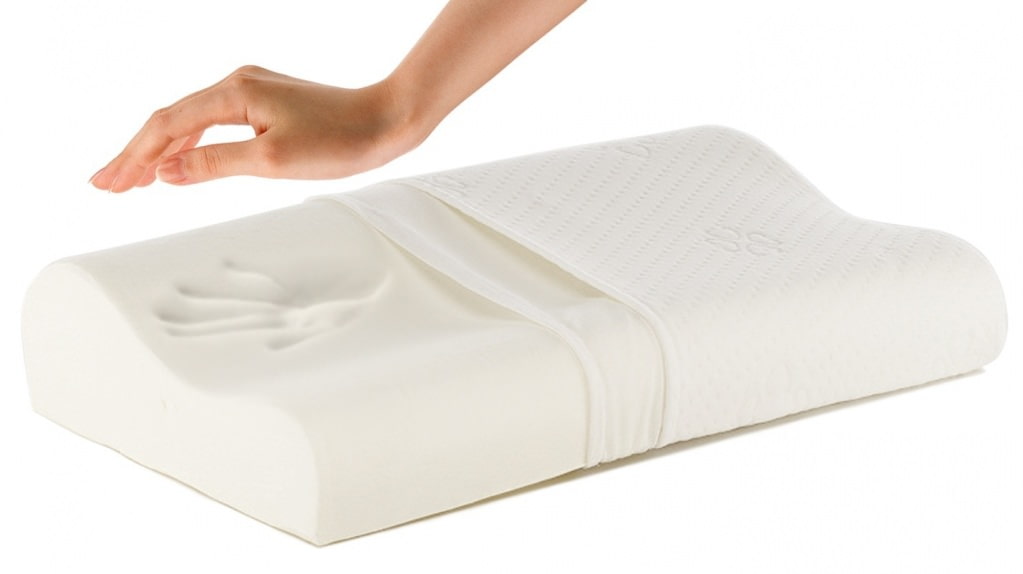
How to choose a pillow for a child: expert advice
To make the right choice, follow the recommendations of specialists:
- Check how resilient the cushion is: push it with medium pressure and release. After a couple of seconds, she should restore to its original form.
- The pillow cover for children should only be made of natural materials: chintz, linen, silk, cotton. It is better if it is plain and white, or a calm, dull color - dyes can cause allergies. Check that the seams extend to the inside, are durable and easy to pull.
- The zipper on the cover will allow you to adjust its stiffness by changing the amount of filler, and, in addition, facilitate care - you do not have to wash the entire pillow, it will be enough to remove the cover and wash it.
- Children's orthopedic pillow will help the correct formation of the spine, will lay the foundation for good child health in the future.
- Carefully select the pillow according to size - this is important for the formation of the skeleton and muscles of the baby.
- The most suitable in different price categories are considered such fillers as latex, buckwheat husk and holofiber.
- Be sure to request a certificate of conformity from the trading organization, make sure that the product is safe for the child.
 It’s not enough to buy a suitable pillow - you still need to use it wisely. Remember that the child should not climb onto the pillow excessively high - only the head with the neck should be on it. Attempts to put one’s hand under the pillow or “slide off” it most likely mean that the child is uncomfortable sleeping on it, and you should buy another one.
It’s not enough to buy a suitable pillow - you still need to use it wisely. Remember that the child should not climb onto the pillow excessively high - only the head with the neck should be on it. Attempts to put one’s hand under the pillow or “slide off” it most likely mean that the child is uncomfortable sleeping on it, and you should buy another one.
Important: Each product has its own period for which its use is designed. Even if the pillow looks “like new”, it needs to be replaced - this is in the interests of the health and safety of your child.

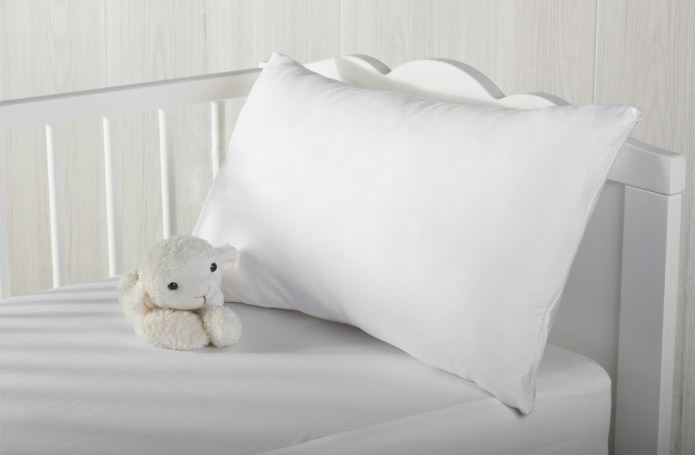

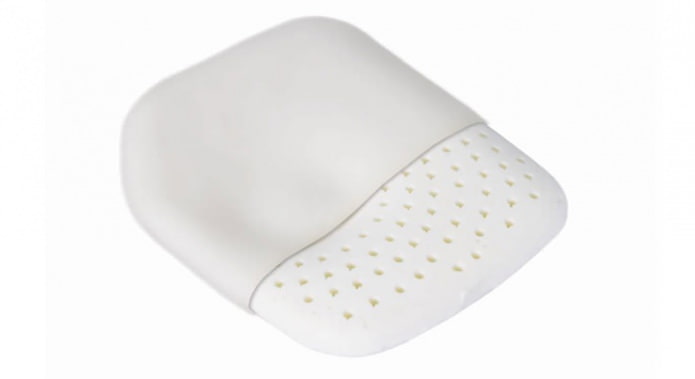

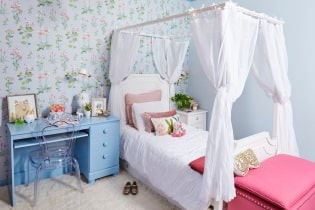 Design of a children's room for a girl
Design of a children's room for a girl Stretch ceiling in the nursery: 60 best photos and ideas
Stretch ceiling in the nursery: 60 best photos and ideas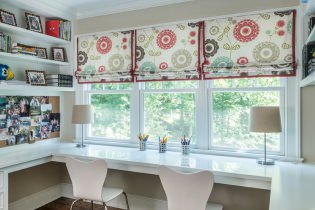 Curtains in the nursery: views, the choice of color and style, 70 photos in the interior
Curtains in the nursery: views, the choice of color and style, 70 photos in the interior The interior of a small nursery: the choice of color, style, decoration and furniture (70 photos)
The interior of a small nursery: the choice of color, style, decoration and furniture (70 photos)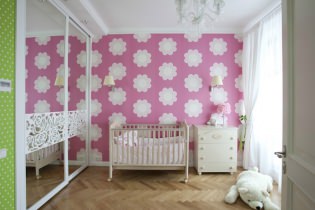 Choosing a wallpaper for a children's room: 77 modern photos and ideas
Choosing a wallpaper for a children's room: 77 modern photos and ideas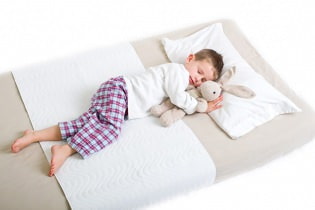 How to choose a mattress for a child from 3 years old?
How to choose a mattress for a child from 3 years old?